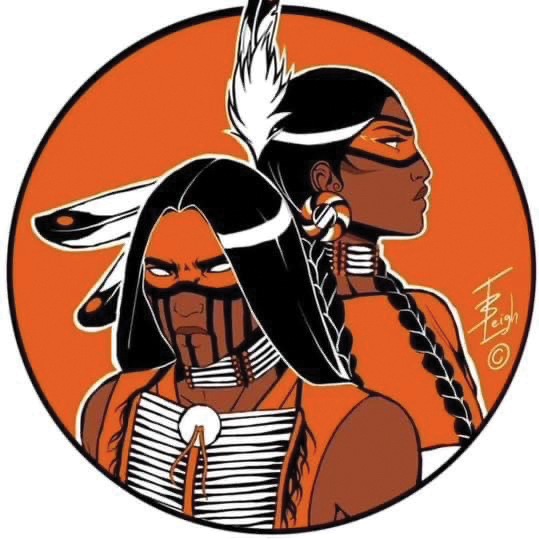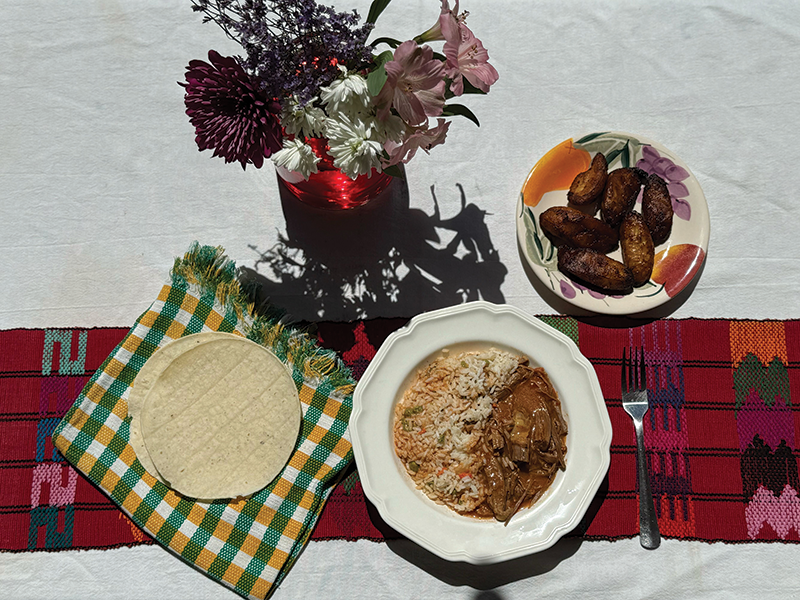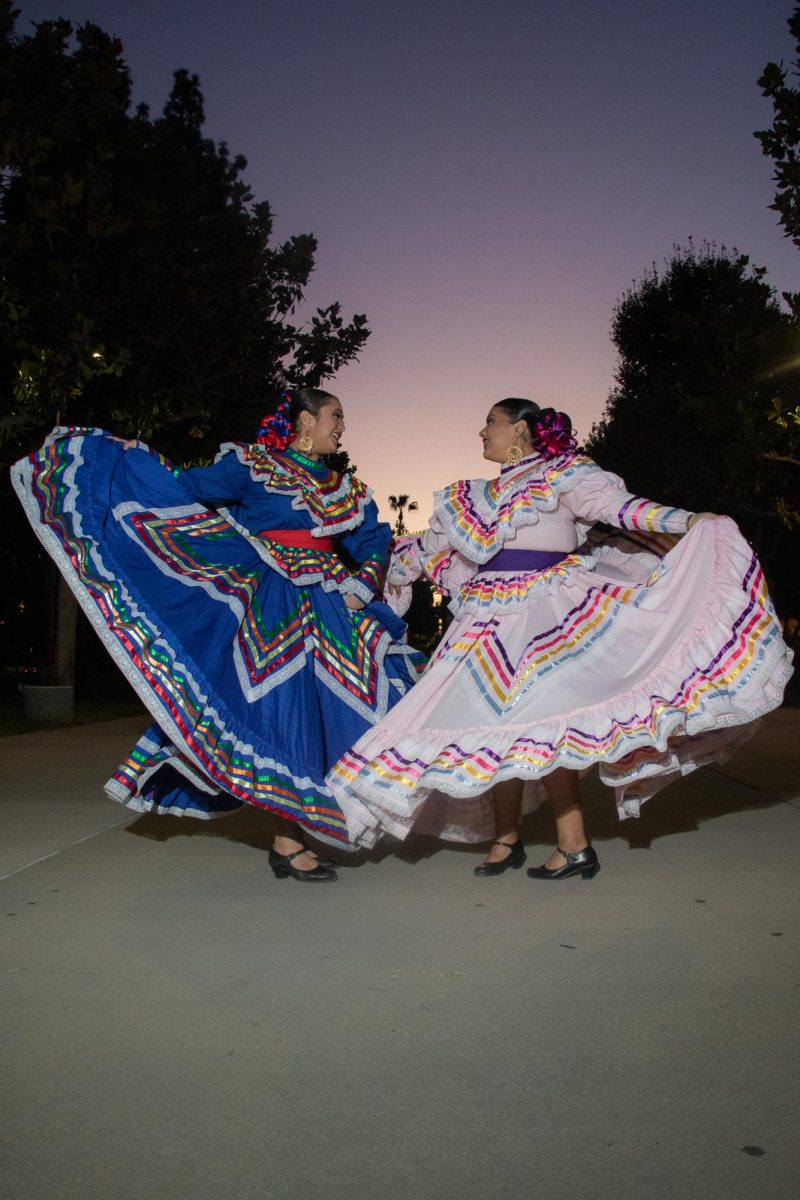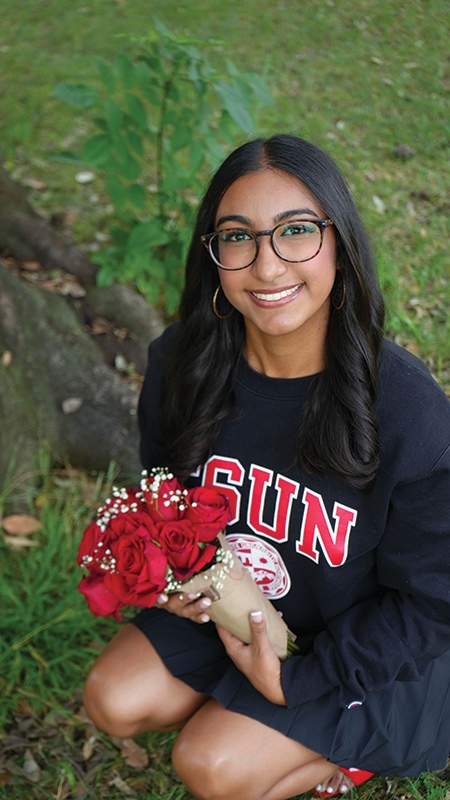“We love it. Who wouldn’t?” said Eunice Goodstar Woman Davidson, founder of the Native American Guardian Association.
Activists have fought hard to remove the names and logos of Native Americans from schools and sports teams across the nation because they believed they were derogatory and a symbol of disrespect towards the Native American community.
According to the Native American Guardian Association (NAGA), they were wrong. The majority of the Native Americans living in reservations actually love to see their names, vocabulary and logos representing them.
“As long as they’re using it respectfully, we’re fine with it. It puts us out there even more,” said Eunice Goodstar Woman Davidson, a full-blood Dakota Sioux and a member of the Spirit Lake Tribe in North Dakota the founder of NAGA. The Native American Guardian Association is a “non-profit organization advocating for increased education about Native Americans, especially in public educational institutions, and greater recognition of Native American Heritage through the high profile venues of sports and other public platforms.”
The non-profit represents about 90% of the Native American population.
“All of our Indian names and images around the country that were being used in sports were being told by a few people in the country, and a few Indians, that they did not want this. That it was derogatory,” said Davidson. “Redskins was a derogatory name, and it meant scalping, which is all fabricated.”
For centuries, sports teams have used names based on Native American tribes. Using these are a symbol of pride, honor and respect for the first inhabitants of this nation, according to NAGA, and the removal is considered to be racist to these tribes.
“We wanted to get our story out there, but the media decided they were going to silence us,” said Davidson. Native Americans are admirers of the old NFL football name, the Washington Redskins. The team was named after their first coach, a Sioux Indian named William Henry “Lone Star” Dietz, out of respect for Native American heritage and culture.
Blackfeet Tribe Chairman, William “Blackie” Wetzel, encouraged the team to use an image of an American Indian to honor the Native American heritage.
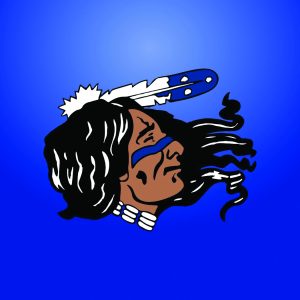
In 1974, 20th century Blackfeet Tribe Chief, John Two Guns White Calf, became the official logo of the Washington Redskins, which was then retired in 2020.
“We know to lose those icons, those images and our names is only going to cause more genocide to our people,” said Davidson.
Tony Hansen, the President of NAGA and part Cherokee Indian explained that the term “redskin” was used to distinguish men between the redskins, whiteskins and blackskins. It was used as an identifier and not meant to be radicalized.
In 2018, the MLB team, the Cleveland Guardians, retired their logo, Chief Wahoo, an Indian caricature with a toothy smile and red skin because it was considered degrading by activists and a small minority of Native Americans.
“Most of us Indians, we didn’t even care,” said Davidson. Hansen mentioned that NAGA offered to bring in Bennett Brien, a renowned Native American artist, to create a new logo with a better representation of Native Americans but the team denied, in what felt like an instinctive movement toeradicate everything Native American.
According to NAGA, most of the audience that they hear from are from K-12 schools who have come under attack, “We have helped a number of Native themed schools fight off this effort,” said Hansen.
“We filed a lawsuit in Colorado to stop them from banning Native names and imagery. You have a few activists, Indians that they hide behind, but mostly it’s white academia,” Hansen added.
In 2005, the NCAA issued a policy discouraging schools from using “hostile and abusive racial/ethnic/national origin mascots, nicknames or imagery” associated with Native Americans.
Eighteen schools used names or images related to Native Americans and after the policy, 10 made changes, three kept their nicknames, but they stopped using them to represent Natives, and five schools showed they had received their local tribe’s approval and kept their names.
Davidson stated that the NCAA stepped out of their lane and had no business getting involved in the situation, “Right now, my tribe out here, they want the NCAA abolished. A lot of us do, because what business did they have to tell us they can’t use our name,” Davidson said. “How could we say that they’re derogatory? We would never say that about our ancestors.”
Reservations use their own logos of Native Americans. Be it a warrior, chief, or somebody in a headdress, they are used because they are proud of their ancestors and what they did. They are forever grateful for the survival of them because they know they wouldn’t be here without them, Davidson explained.
Instead of completely getting rid of Native American symbols and imagery, the non-profit’s goal is to educate, not eradicate. The Native American Guardian Association states that Native American culture and history isn’t talked about much, but embodying their imagery, vocabulary and symbols is supported and is huge when it comes down to educating those about Native Americans and who they are.
“As long as we’re doing things with a heartfelt desire to honor Native Americans, to remember them in an age of cancel culture, we absolutely will support them. And if they want our opinion on how they can do better, we’ll tell them,” said Davidson.
